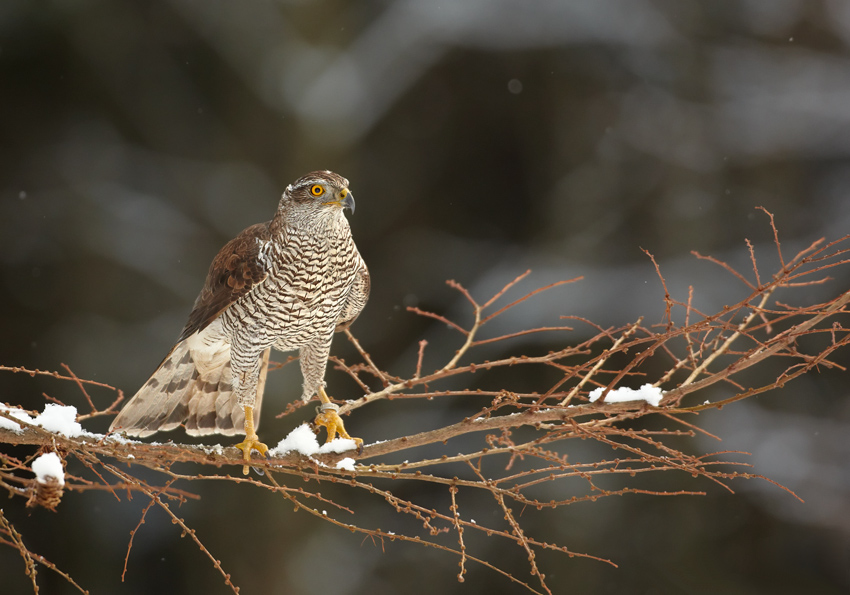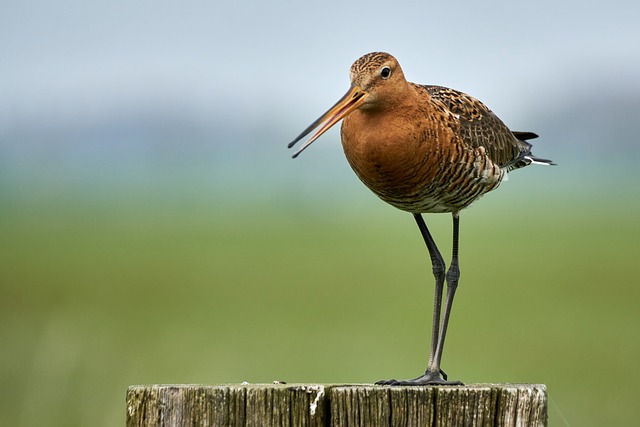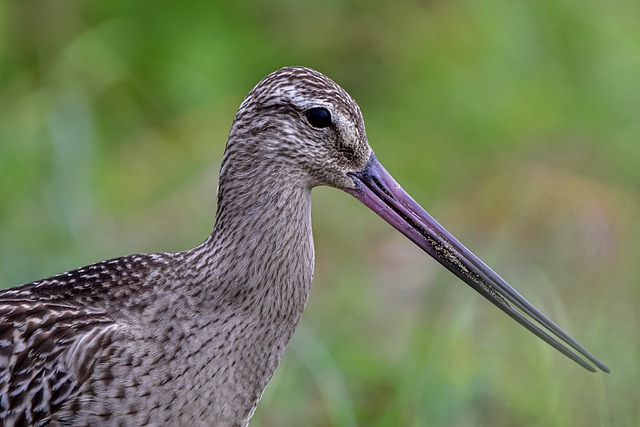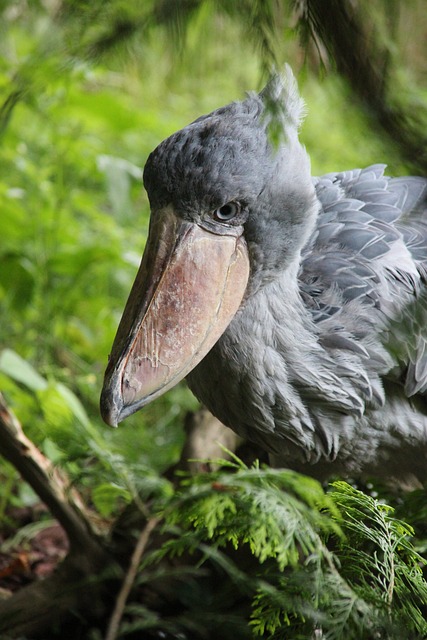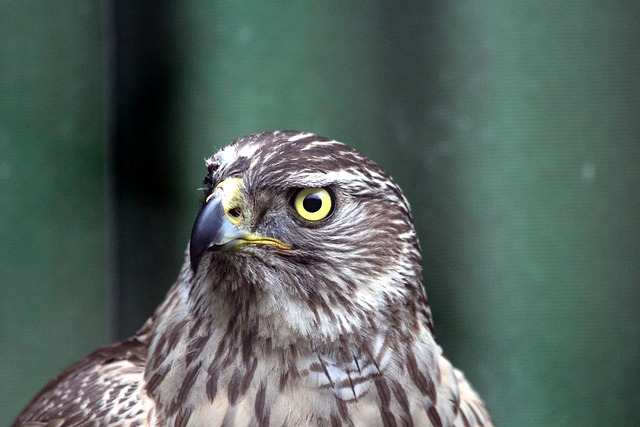The common greenshank is a species of wader belonging to the family Scolopacidae. It is a migratory bird that inhabits wetlands, estuaries, marshes, and lakes in the northern hemisphere.
This article will provide a comprehensive overview of the common greenshank species, such as its habitat, behavior, diet, and adaptations. It will also cover threats to the species and discuss methods for its continued preservation.
Introduction
The common greenshank has a white and grey body, grey-green back and wings, and a yellowish-green bill with a black tip. It has long pink legs and webbed feet. It measures approximately 39 to 41 centimeters in length and has a wingspan of 66 to 72 centimeters.
The common greenshank feeds on worms, crustaceans, aquatic insects, snails, and other small invertebrates. It typically uses its bill to probe mud and sand at the edge of shallow water. It migrates to breeding grounds in the spring and returns to wintering grounds in the fall. During the breeding season, it is found in freshwater lakes, marshes, and rivers of Europe, Russia, and northern Asia. In winter, it is found in coastal regions of southern and eastern Asia.
.jpg)
The common greenshank has several adaptations that help it survive in its environment. Its long legs have thick scales that help protect it from predators. Its webbed feet allow it to move quickly through the water and its long bill helps it to locate and feed on its prey. Its mottled grey and white coloration also helps it blend into its environment and avoid predators.
The common greenshank is threatened by a variety of human activities, including pollution, destruction of its natural habitats, and hunting. Climate change is also a major threat to the species, as it can lead to changes in temperature, rainfall, and sea levels. These changes can disrupt the species’ migration and breeding patterns.
This article will provide a comprehensive overview of the common greenshank species, including its habitat, behavior, diet, and adaptations. It will also discuss threats to the species and provide tips for its continued preservation. By understanding the common greenshank, we can work to ensure its survival for years to come.
Habitat
Common Greenshank are generally found in areas of wetland habitats including mudflats, estuaries, marshes, shallow lakes and mangroves. They also inhabit coastal shallows and lagoons. The Common Greenshank can be found in Europe, Africa, Asia, the Arabian Peninsula, and parts of North and South America.
The ideal environment for the Common Greenshank is a shallow, muddy habitat with plenty of food sources. They prefer to live in areas with a combination of shallow water and plenty of mudflats. This combination allows them to feed on small invertebrates such as worms, crustaceans, and molluscs, which are found in the mudflats. The Common Greenshank also needs areas with plenty of reeds and vegetation for cover and protection.
Seasonal variations in the Common Greenshank’s habitat are common. During the winter, large flocks of Common Greenshank can be found in the warmer, coastal regions of northern Europe. During the summer, they migrate to breeding grounds in the Arctic and Siberia.
In addition to their preference for mudflats and shallow water, the Common Greenshank also prefers areas with an abundance of food sources. These can include shrimp, small fish, and other aquatic life. They also feed on a variety of terrestrial insects, such as beetles and grasshoppers.
The Common Greenshank is a highly adaptable species and can inhabit a wide variety of wetlands. However, they are usually found in areas with plenty of food sources and protection from predators. As a result, they are usually found in areas with plenty of vegetation and shallow water.
Appearance
The common greenshank (Tringa nebularia) is a medium-sized shorebird with a beautiful black and white plumage. The species is easily recognizable due to its distinctive white patches on the upper wings, giving the bird a contrasting look. The common greenshank also sports a long, straight bill which is usually yellow with a black tip. The head, neck, breast, and belly may be a light brown or greyish color, while the wings and back are a darker brown.
In terms of size, common greenshank average length ranges from 38 to 44 centimeters, and a wingspan of around 48 to 60 centimeters. Males are usually slightly larger than females. The average weight of the species is between 130 to 200 grams, with males being heavier than females.
Common greenshank are generally found in pairs or small flocks, as they are a very social species. They are not overly vocal, however, they will make a distinct “chee-chee” sound. They are also known to perform a courtship flight display where they call out while in flight.
The common greenshank has a unique foraging technique, where they use their feet or wings to stir up prey from the muddy bottom of shallow bodies of water. They mainly feed on crustaceans, insects, worms, and small fish, which they capture with their beaks. Common greenshank will also use their bills to probe in the mud for food.
.jpg)
Common greenshank are strong fliers, and they usually migrate in flocks. When they migrate, they will often make long journeys and roost in large numbers in open areas in order to rest.
Due to their unique habitat requirements, common greenshank are highly adapted to their environment. They have several physical features that help them to survive, such as long legs for wading in shallow bodies of water, webbed feet for swimming, and waterproof feathers for insulation. They also have behavioral techniques, such as forming large flocks when migrating and utilizing the “mobbing” technique to scare off predators.
Overall, the common greenshank is a beautiful and unique species with a striking plumage. With its distinctive markings, long bill and elegant movements, it is a sight to behold.
Behaviour
The common greenshank is a wader of the sandpiper family. It is a highly migratory species, travelling up to 4000km between its breeding and non-breeding grounds. The common greenshank is a very social bird, usually seen in small flocks of up to 20 individuals.
Common greenshanks feed mainly on insects and other invertebrates, which they hunt in shallow stretches of water. They also have the ability to dive to reach deeper and more abundant food sources. They employ a wide range of feeding techniques, including picking, probing, and upending.
When it comes to mating, the common greenshank has a fairly complex courtship ritual. The male will perform a fish-flying display to attract a female, and if successful, the pair will form a bond that can last for several years. The female will then select a nesting site and build a nest out of grass and mud.
The common greenshank is a long-distance migrant, travelling up to 4000km between its breeding and non-breeding grounds. During the breeding season, they are found in Europe, Scandinavia, and parts of Asia. During the winter months, they migrate south to the Mediterranean, Africa, and New Zealand.
Common greenshanks have adapted to changing environmental conditions. For example, they have developed the ability to detect potential predators from afar, allowing them to take evasive action. They also have the ability to change their migratory routes in response to extreme weather conditions.
Despite their adaptations, the common greenshank species is still threatened. Human activities such as pollution, habitat destruction, and hunting are putting this species at risk. In addition, they are also susceptible to natural predators, such as foxes, birds of prey, and crows.
In conclusion, the common greenshank species is a highly social bird that has adapted to changing environmental conditions. However, they are still threatened by human activities and natural predators. To ensure their continued survival, it is important that we take steps to reduce the threats they face.
Diet
The common greenshank is an omnivorous bird that is known to be opportunistic feeders. They mainly feed on small aquatic invertebrates such as insects, worms, crustaceans, snails, mollusks, tadpoles, and small fish. They are also known to feed on vegetable matter including seeds and plant parts.
In the summer months, the common greenshank prefers to feed on invertebrates and plant matter that can be found in freshwater. It prefers to feed in shallow, slow-flowing rivers, ponds, and lakes. They also feed in brackish lagoons and estuaries, where they can find a variety of food sources.
In the winter months, the common greenshank tends to feed in saltwater, along coastlines or near estuaries. They tend to feed on small fish, mollusks, crustaceans, and worms. They also feed on plant matter such as algae, kelp, and seaweed.
The common greenshank feeds mainly by wading in shallow water and using its long beak to probe for food. They have a long bill which allows them to probe the mud and hunt for food. They also use their bill to catch prey that is swimming near the surface of the water.
The common greenshank is also known to feed at night, when the light levels are low and the water is calm. This is when they can search for food more easily and find the most abundant sources.
The common greenshank has a very varied diet, which allows them to survive in a variety of habitats and climates. They are able to take advantage of a wide range of food sources, which helps them to survive and thrive in their natural environment.
Adaptations
The common greenshank is equipped with a variety of adaptations that help them survive in their natural habitat.
One important adaptation that is common among many waterfowl species is a waterproof coating of feathers that keeps the bird warm, dry, and insulated from the cold water temperatures. This feature is essential for surviving in their aquatic habitat and is also used to help them gain buoyancy when swimming.
The common greenshank also has a long, slender bill that helps them to probe for food in the mud and shallow water. The bill is also equipped with sensory pits, which allow them to detect prey in murky waters. The bill is further utilized to stir up mud and sand, which can expose prey such as small invertebrates.
The common greenshank’s legs are long and thin, which helps them to maneuver through the shallow waters. This adaptation also helps them to wade steadily in deeper waters. The legs also contain specialized scales to help protect them from icy waters.
The common greenshank’s wings are fairly long and pointed, which helps them to take off, land, and soar in flight. When the bird takes off, their wings create a large “V” shape, which helps to create a powerful lift-off.
.jpg)
The common greenshank’s plumage has an array of colors that help them blend in to their environment. The feathers are typically gray-brown on the upper body and white on the lower body, which helps them to camouflage against the background.
To protect themselves from predators, common greenshank will often take flight to escape. They are also known to fly at night during migration to avoid birds of prey.
The common greenshank is also capable of using an array of behavioral techniques to increase their chances of survival. When a predator is sensed nearby, the common greenshank will call out loud and often remain calm and still until the predator is gone.
Finally, the common greenshank’s bright yellow eyes are able to detect movement from a great distance. This allows them to detect predators from afar and take evasive action.
Overall, the common greenshank has an array of adaptations that help them survive and thrive in their natural environment. With these adaptations, the common greenshank is capable of overcoming many of the dangers posed by predators and environmental changes.
Video

